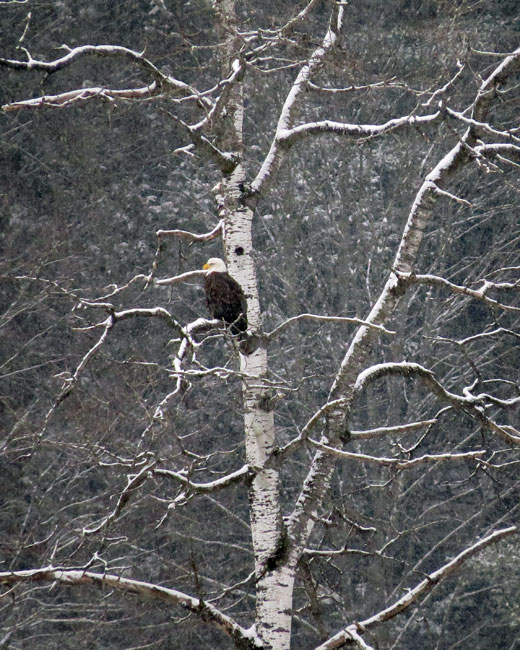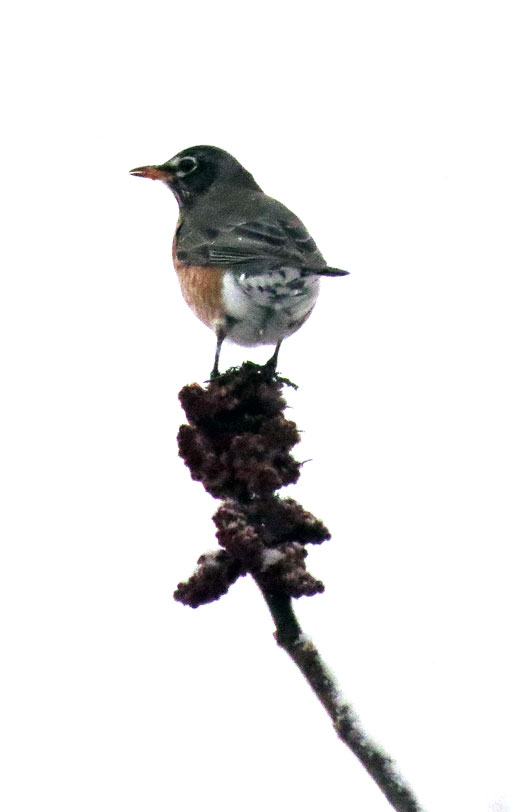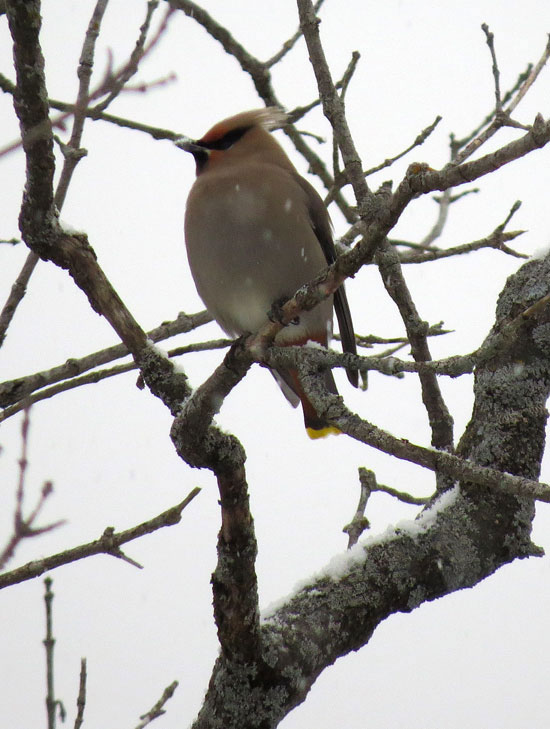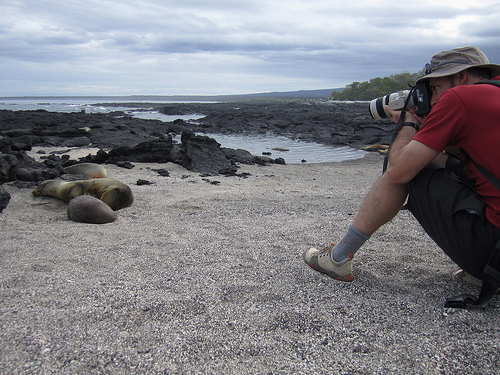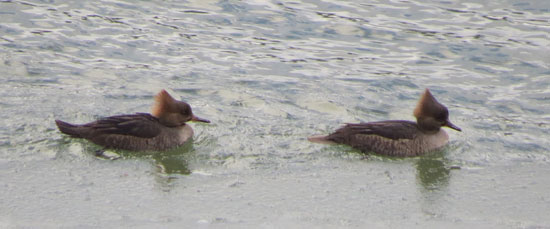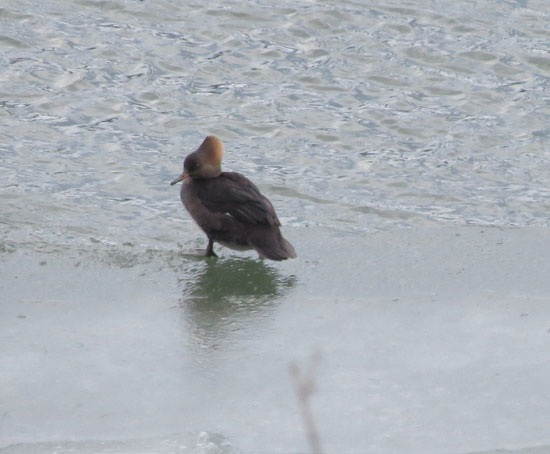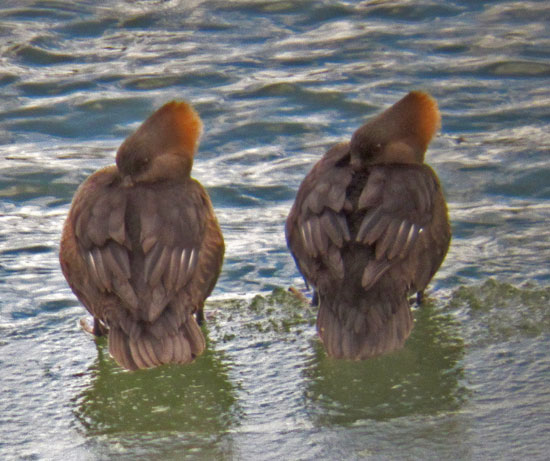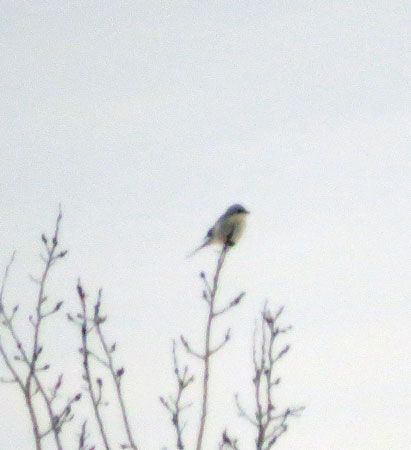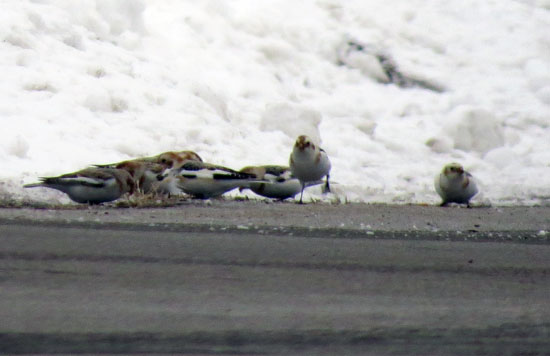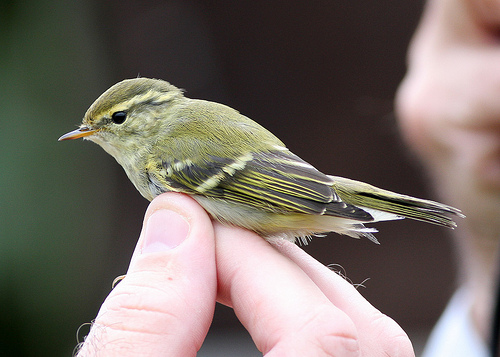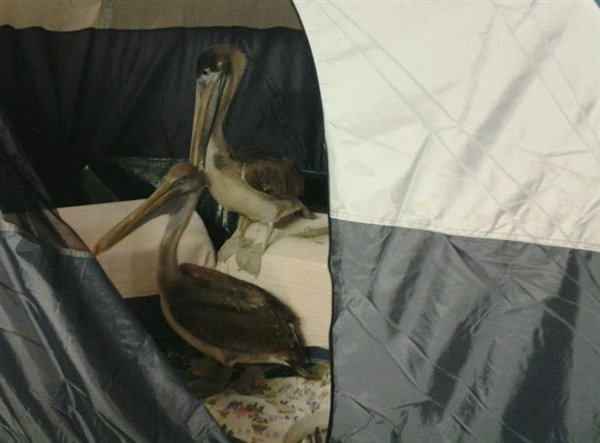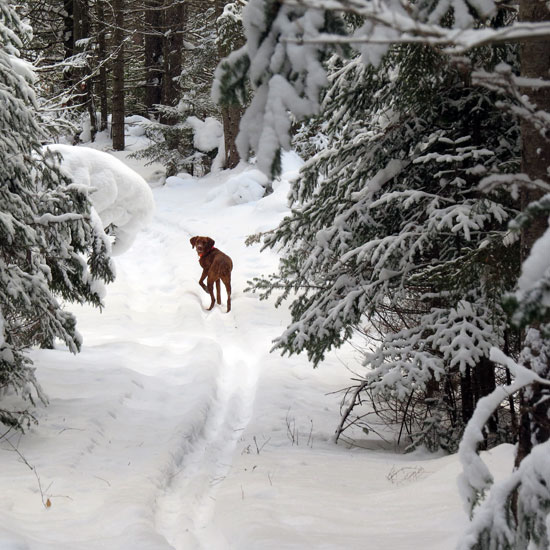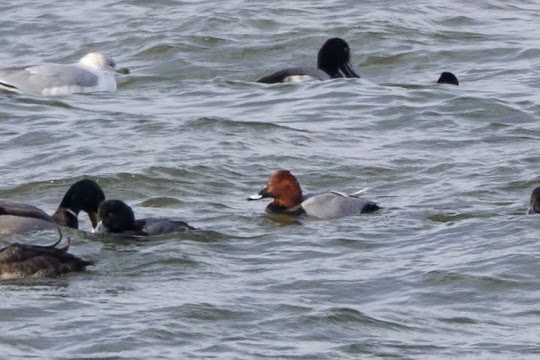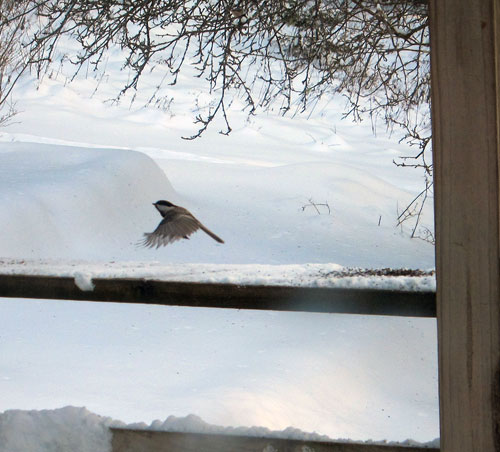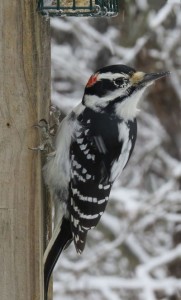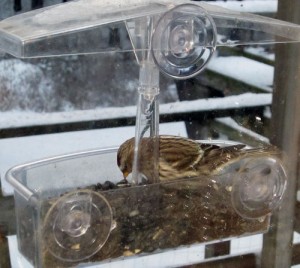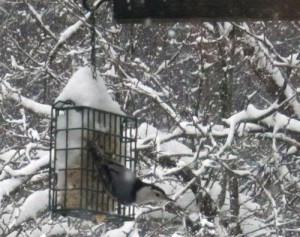On Saturday, January 26, 2013, Audubon Vermont and the Vermont Department of Forests, Parks, and Recreation (VT FP&R) will be hosting a woods tour of an active logging job that demonstrates concepts and practices developed through a unique and innovative partnership between the two organizations: the Foresters for the Birds project. The tour will take place at the 255-acre Green Mountain Audubon Center in Huntington, Vermont where a timber harvest designed to improve timber and forest songbird habitat for species including wood thrush and black-throated blue warbler is underway. The tour is open to the public and press, and will run from 9:00 am to noon. Space is limited; pre-registration is required. Forest landowners, municipal volunteers and officials, foresters, and other natural resource professionals with an interest in applying similar practices on land they manage are especially encouraged to attend. Featured highlights of the event will be meeting with the foresters, biologists, landowner, logger, and other leaders who are all working together on this harvest, and seeing the logger and his equipment in action.
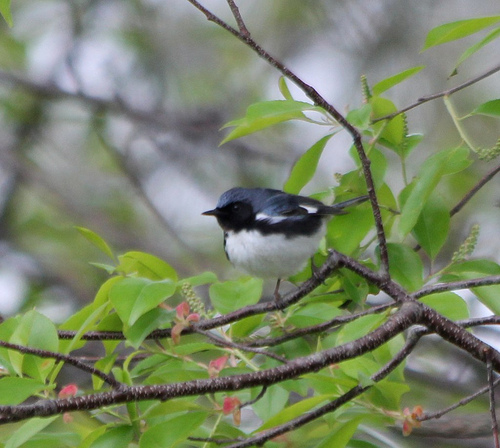
The timber harvest is designed to improve timber and forest songbird habitat for species including wood thrush and black-throated blue warbler. photo by dick mansfield.
The harvest at the Audubon Center is one of nine being done across Vermont and New Hampshire as part of the Foresters for the Birds project to test and demonstrate how timber management can be used as a tool to improve bird habitat while also generating income from forest products to offset land holding costs and keep forests forests. The tour will be led by VT FP&R county foresters and Audubon Vermont biologists. VT FP&R Commissioner, Michael Snyder, and Agency of Natural Resources Secretary, Deb Markowitz, will also discuss how the Foresters for the Birds project is making a positive difference for forest stewardship, forest health, and the forest-based economy in Vermont.
The tour will begin with a brief introduction at the Birds of Vermont Museum located at 900 Sherman Hollow Road in Huntington. The group will then take a short walk to the harvest area at the Audubon Center to see how forestry practices such as thinnings, crop tree management, and selection harvests are being used to benefit birds and other wildlife as well as the long-term vigor and growth of the forest. Participants will learn about services and resources available to landowners interested in doing a similar harvest on their own land. Logistics and financial considerations, including Natural Resources Conservation Service (NRCS) incentive programs, will also be discussed.
For information and registration visit the Audubon Vermont website or call Charley Wilkinson at (802)434-3068. Registration is $10 for Audubon Vermont members and $15 for non-members. Come ready for a winter walk in the woods; snowshoes are recommended. Hope to see you there!

